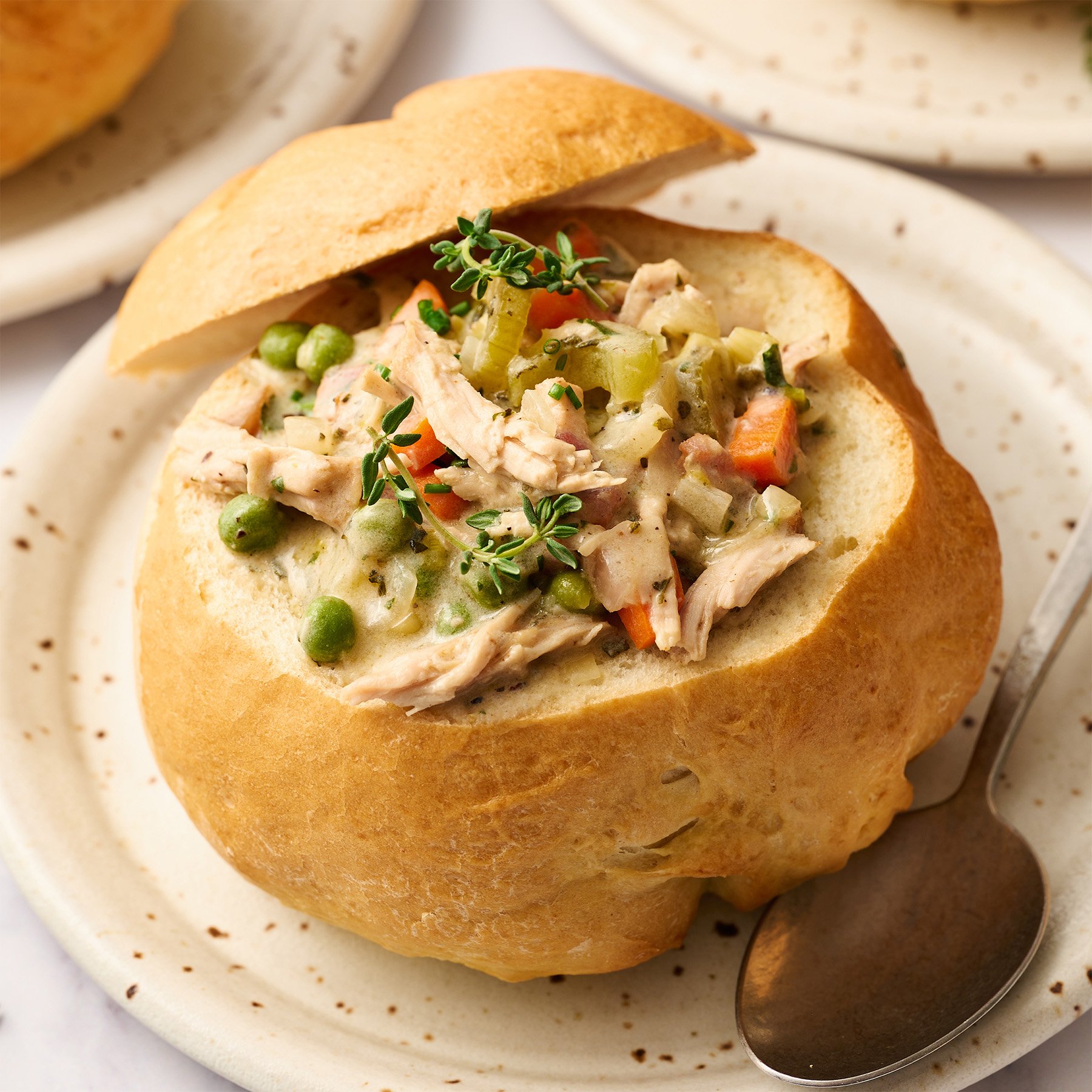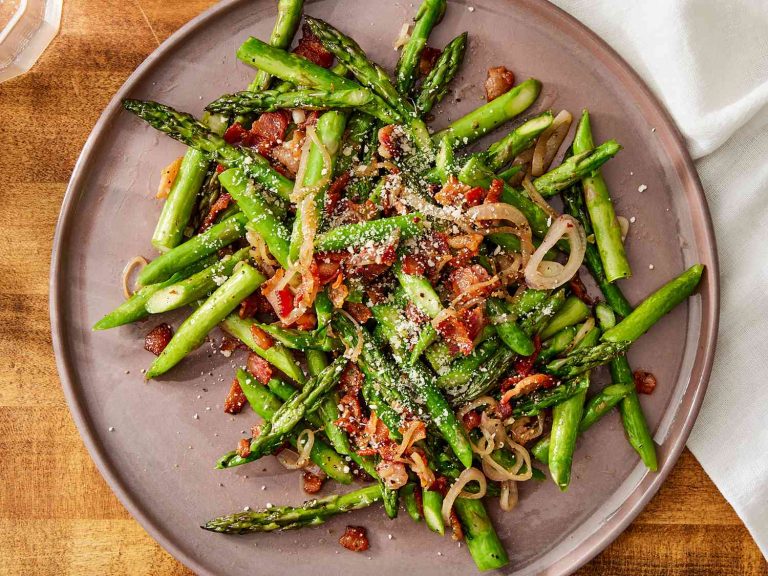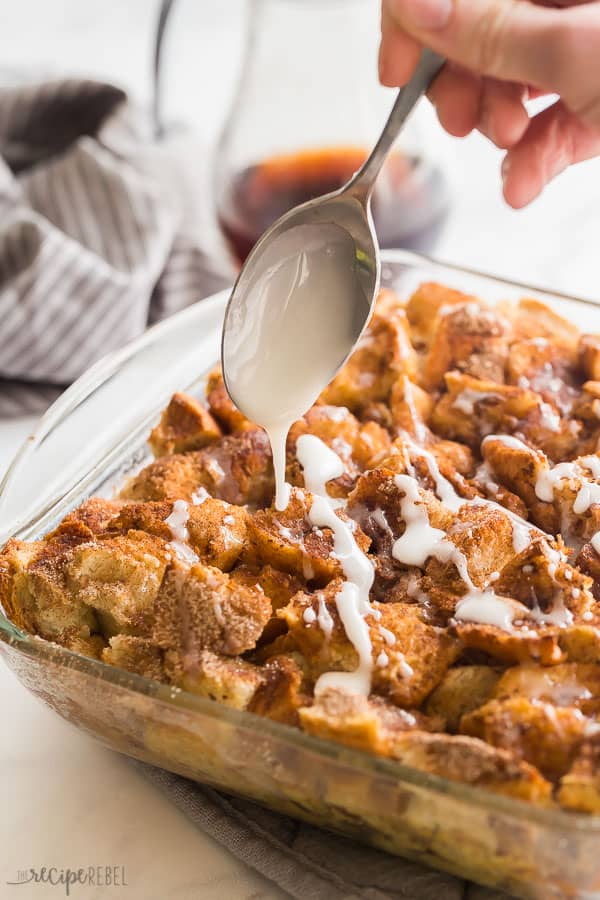Orange Loaf: Ingredients, Benefits, and Perfect Serving Ideas
Orange loaf combines citrus flavors in a baked good. The recipe likely originated in Mediterranean countries where citrus fruits are abundant. Citrus groves in Italy, Greece, and Spain produce oranges, lemons, and other citrus fruits, making these regions prime candidates for the recipe’s roots. Citrus fruits were historically traded across Europe and other regions, contributing to the diverse variations of orange loaf.
Key Ingredients in Orange Loaf
Orange loaf relies on specific ingredients to achieve its unique flavor and texture:
- Oranges: Fresh oranges provide zest and juice. Both components are crucial for a vibrant citrus taste.
- Flour: All-purpose flour creates the loaf’s structure.
- Sugar: Granulated sugar adds sweetness, essential for balancing the tanginess.
- Butter or Oil: Fats ensure a moist texture. Butter adds richness, while oil offers a lighter crumb.
- Eggs: Eggs contribute to the loaf’s rise and stability.
- Leavening Agents: Baking powder or baking soda helps the loaf expand during baking.
- Milk or Yogurt: Dairy products enhance the loaf’s moistness and flavor.
These ingredients ensure the orange loaf’s distinctive taste and appealing texture, making it a beloved choice for various occasions.
Exploring Different Orange Loaf Recipes
Traditional Orange Loaf Recipe
The traditional orange loaf recipe combines common baking ingredients with fresh citrus. You’ll need 2 cups of all-purpose flour, 1 cup of granulated sugar, and 1 cup of butter. Include 3 large eggs, zest, and juice of 2 medium-sized oranges for the citrus kick. Adding 1 teaspoon of baking powder and 1/2 teaspoon of salt helps with leavening. Finally, 1/2 cup of whole milk ensures a moist texture.
- Preheat your oven to 350°F (175°C).
- Grease a 9×5-inch loaf pan.
- Cream butter and sugar until light.
- Add eggs one at a time, mixing well.
- Mix in orange zest and juice.
- In another bowl, combine flour, baking powder, and salt.
- Gradually add dry ingredients to wet ingredients, alternating with milk.
- Pour batter into the prepared pan.
- Bake for 60-70 minutes or until a toothpick inserted comes out clean.
- Cool completely before serving.
Vegan and Gluten-Free Variations
For a vegan and gluten-free orange loaf, swap traditional ingredients with plant-based and gluten-free alternatives. Use 2 cups of gluten-free flour mix and 1 cup of coconut sugar for the base. Replace butter with 1/2 cup of coconut oil and eggs with 3 tablespoons of ground flaxseed mixed with 9 tablespoons of water. For dairy replacement, 1/2 cup of almond milk works well. Keep orange zest, the juice of 2 oranges, 1 teaspoon of baking powder, and 1/2 teaspoon of salt.
- Preheat your oven to 350°F (175°C).
- Line a 9×5-inch loaf pan with parchment paper.
- In a large bowl, whisk together flaxseed mixture and coconut oil.
- Add coconut sugar, orange juice, and zest.
- In another bowl, mix gluten-free flour, baking powder, and salt.
- Combine dry ingredients with wet ingredients, adding almond milk gradually.
- Pour batter into the prepared pan.
- Bake for 50-60 minutes or until a toothpick inserted comes out clean.
- Let it cool completely before slicing.
The Benefits of Baking Your Own Orange Loaf
Freshness and Flavor Control
Baking your own orange loaf allows you to use the freshest ingredients. Fresh oranges provide a vibrant and tangy flavor unmatched by store-bought versions. When you handle the preparation, you ensure that each ingredient is at its peak freshness. You can also adjust the sweetness level by modifying the amount of sugar, catering to your taste preferences. For example, adding more zest intensifies the citrus flavor, while reducing sugar balances the taste for those who prefer a less sweet loaf.
Healthier Ingredient Choices
When you bake your own orange loaf, you have the liberty to choose healthier ingredients. Opt for whole grain flour instead of all-purpose flour to increase fiber content. Replace refined sugar with alternatives like honey or coconut sugar for a lower glycemic index. Use unsaturated fats like olive oil or coconut oil instead of butter for healthier fat options. For instance, incorporating almond milk instead of cow’s milk can make the loaf suitable for lactose-intolerant individuals. By making these swaps, you create a nutritious version that meets your dietary needs.
How to Serve and Enjoy Orange Loaf
Best Pairings with Orange Loaf
Coffee enhances the citrus notes in orange loaf. Opt for a strong brew like espresso or a smoother option like latte. Mild cheeses, such as mascarpone or ricotta, complement the loaf’s sweetness without overpowering it. Fresh berries, like strawberries or blueberries, add a burst of tartness that contrasts with the loaf’s flavor. Yogurt, especially Greek yogurt, provides a creamy texture that pairs well with the moist loaf. Sparkling water or light teas, such as chamomile or green tea, refresh the palate.
Occasions Perfect for Orange Loaf
Breakfast meetings benefit from the subtle sweetness and vibrant flavor of orange loaf. Serving orange loaf during brunch parties brings a refreshing citrus element to the table. Afternoon tea sessions are ideal since the loaf pairs excellently with tea. Holiday gatherings gain a festive touch with the addition of orange loaf. Picnics become more enjoyable when you include this easy-to-transport and shareable treat.
Conclusion
Baking an orange loaf at home not only fills your kitchen with a delightful aroma but also allows you to enjoy a versatile treat that’s perfect for various occasions. With its blend of citrus flavors and moist texture, it’s sure to impress your family and friends. So why not give it a try? Experiment with different pairings and serving ideas to make your orange loaf experience truly unique. Happy baking!






